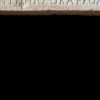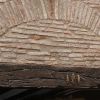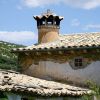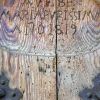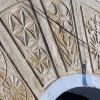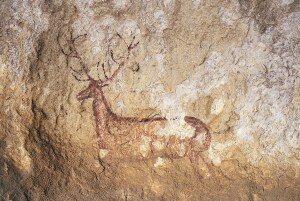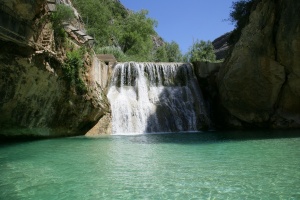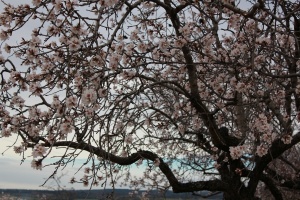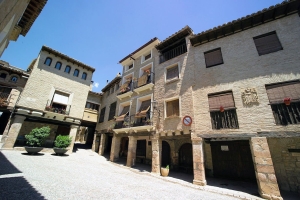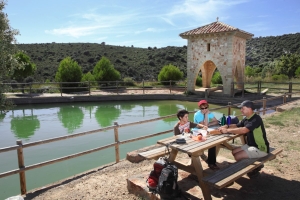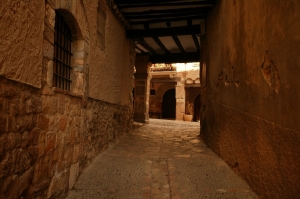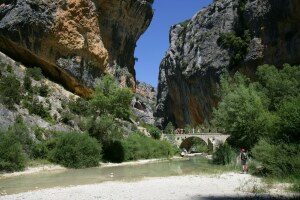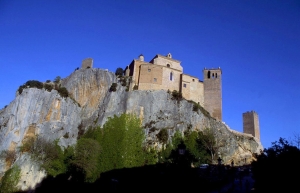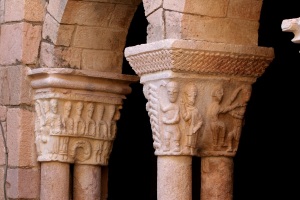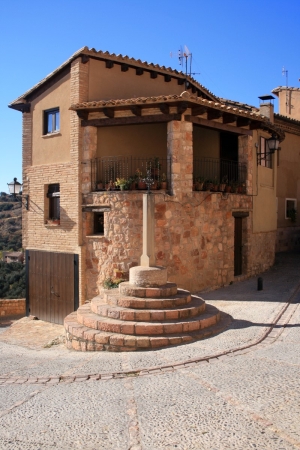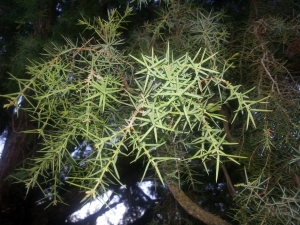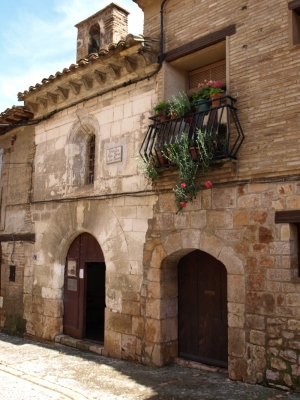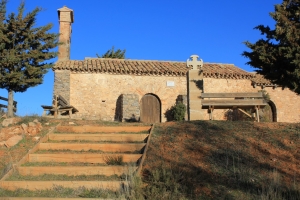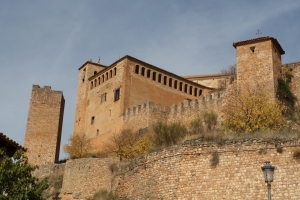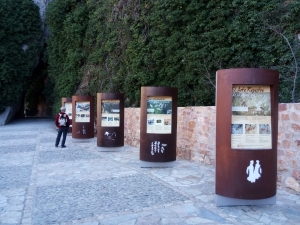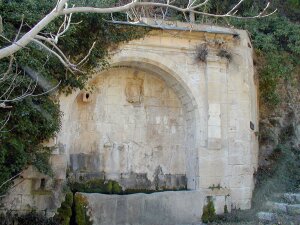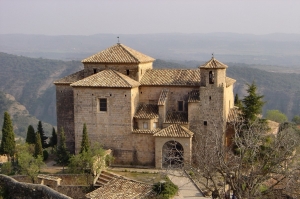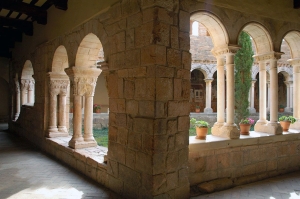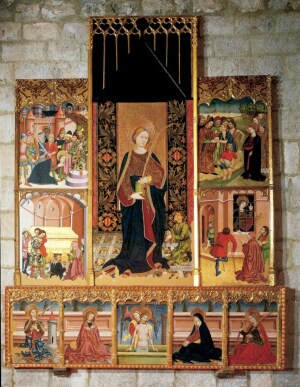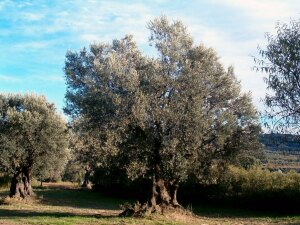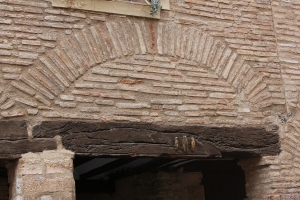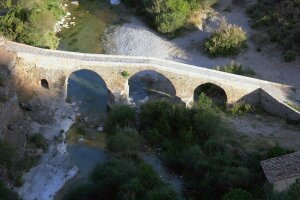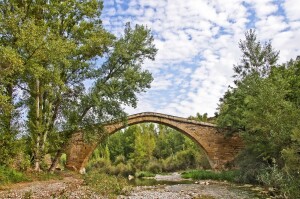A house is more than a building; it is a home and it is everything. It brings together all those that live under its roof as well as the animals and the methods of food production, so housing agricultural work as part of its patrimony. Essential to his survival, man had to protect himself from the forces of evil and foster fertility in his animals and fields. This was achieved by attaching a wild boar’s foot or bird’s claw to the lintel or wooden door of his house. Sometimes it might involve the use of a snake skin, a wolf’s tail or thistle leaves.
The espantabrujas or “witch scarers” placed under the eaves or on the chimney prevented witches from entering the house.
Painting windows and openings with a blue coloured lime was common practice, which although in reality was a measure to control insects, was also considered a good defence against bad spirits because of its protective nature.
Door knockers in a phallic or animal shape (snake, lizard, fish etc.) attracted longed for fertility for the continuity and prosperity of the house.
Sometimes, the voussoirs of the porches were decorated with astral motifs relating to the sun, whose light and heat regenerated nature and ripened the harvest.
Virgins and Saints guarded the houses from all evil; in small chapels and vaulted niches of the houses’ walls and on door plaques they proclaimed “God Bless This House.”



